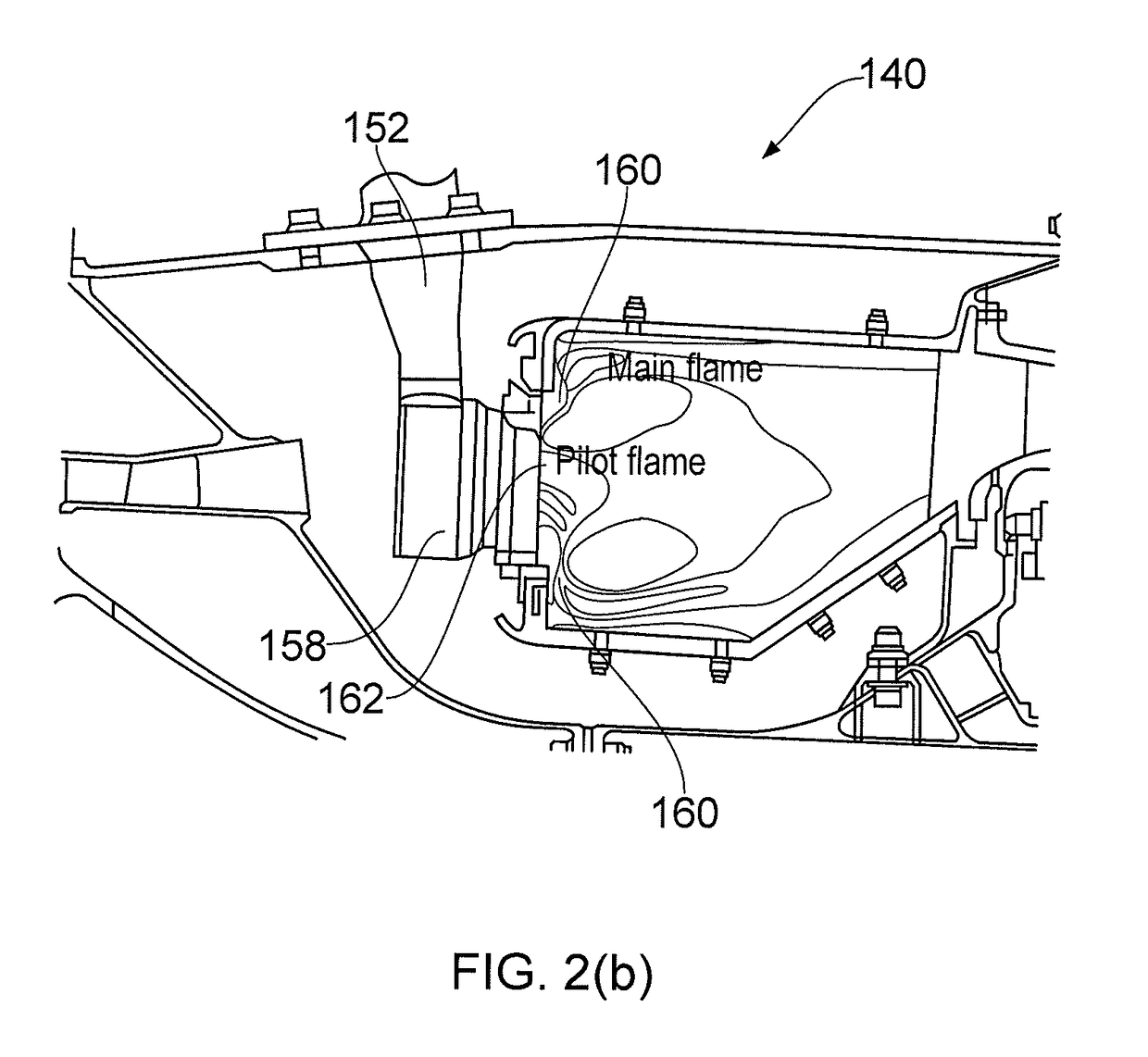Gas turbine engine with cooling system
a technology of cooling system and gas turbine engine, which is applied in the direction of turbine/propulsion fuel heating, machines/engines, efficient propulsion technologies, etc., can solve the problems of fuel loss of required properties, limited useable cooling capacity of hydrocarbon fuel, and reduced engine efficiency b>10
- Summary
- Abstract
- Description
- Claims
- Application Information
AI Technical Summary
Benefits of technology
Problems solved by technology
Method used
Image
Examples
Embodiment Construction
[0039]FIG. 1 shows a gas turbine engine 10. The gas turbine engine 10 generates heat in the combustor 20 by burning fuel with air provided by the fan 14 and the compressor 16, 18. This heat is transmitted to engine fluids such as fuel, oil and air, and is managed by a cooling system 60, shown schematically in FIG. 3.
[0040]The cooling system 60 includes a fuel tank 62 which contains a liquid fuel. Examples of typical liquid fuels include hydrocarbon based fuels such as kerosene, jet A1 and diesel. Fuel stored in the fuel tank 62 will also generally contain impurities such as dissolved oxygen.
[0041]The fuel is first pumped by a low pressure fuel pump 64 through a fuel line 66 to an engine fuel oil heat exchanger 68. The fuel line 66 passes through a fuel oil heat exchanger 68. The fuel oil heat exchanger 68 includes a heat exchange matrix comprising fuel and oil passages. Hot oil from the engine 10 is supplied through an oil line 70 through the fuel oil heat exchanger 68. The heat fro...
PUM
 Login to View More
Login to View More Abstract
Description
Claims
Application Information
 Login to View More
Login to View More - R&D
- Intellectual Property
- Life Sciences
- Materials
- Tech Scout
- Unparalleled Data Quality
- Higher Quality Content
- 60% Fewer Hallucinations
Browse by: Latest US Patents, China's latest patents, Technical Efficacy Thesaurus, Application Domain, Technology Topic, Popular Technical Reports.
© 2025 PatSnap. All rights reserved.Legal|Privacy policy|Modern Slavery Act Transparency Statement|Sitemap|About US| Contact US: help@patsnap.com



